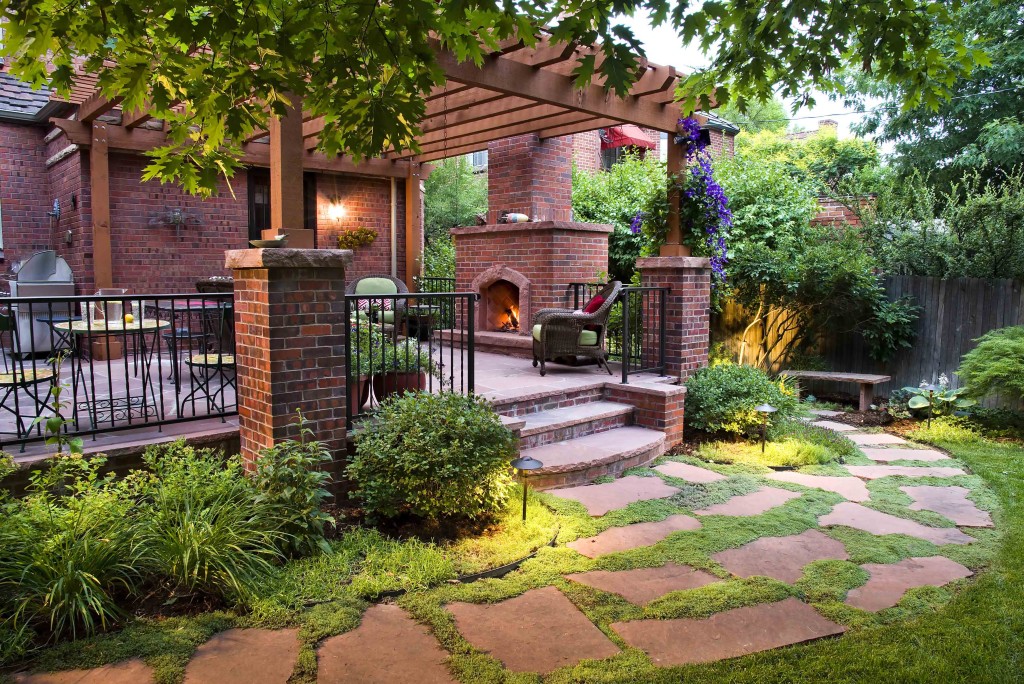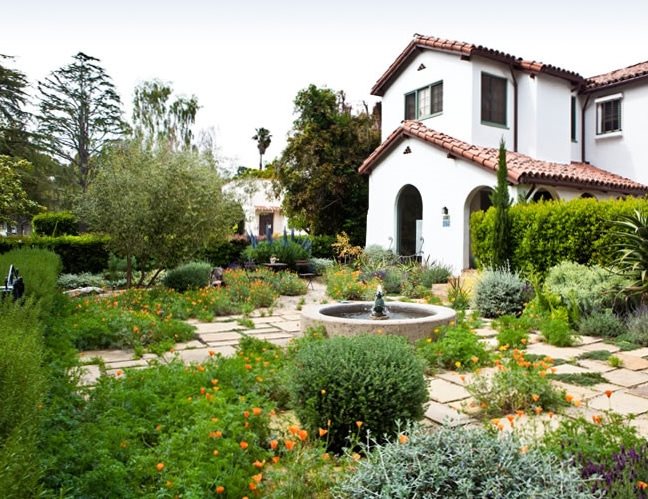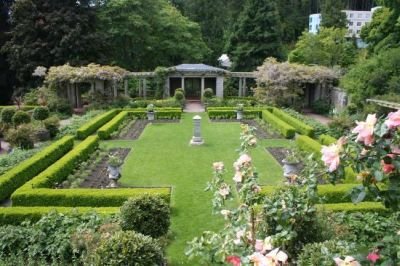Some Known Factual Statements About Hilton Head Landscapes
Fascination About Hilton Head Landscapes
Table of ContentsThe Only Guide for Hilton Head LandscapesThe Definitive Guide to Hilton Head LandscapesHilton Head Landscapes Can Be Fun For AnyoneSome Ideas on Hilton Head Landscapes You Should KnowGetting My Hilton Head Landscapes To WorkSome Of Hilton Head LandscapesIndicators on Hilton Head Landscapes You Should KnowThe 2-Minute Rule for Hilton Head Landscapes
Kind compatibility is additionally a significant element of unity in designone or 2 strikingly different kinds are excellent for comparison and emphasis, but typically all other kinds need to have some resemblances for a linked appearance. Structure refers to just how rugged or fine the surface of the plant or hardscape product really feels and/or looks.
Examples of plants with crude texture consist of philodendrons, agaves, bromeliads, hollies, palms, and hydrangeas. Attributes that create great texture include tiny foliage; slim, strappy fallen leaves (yards) or tall, thin stems; little, thick twigs and little branches; long stems (creeping plants); and small, delicate blossoms.
Hilton Head Landscapes Fundamentals Explained
Most plants are medium structure, because they can not be referred to as having either crude or fine texture. They are defined by medium-sized fallen leaves with straightforward shapes and smooth edges. The average-sized branches are not densely spaced nor widely spaced, and the general type is typically rounded or mounding. Medium-textured plants serve as a background to link and combine the rugged- and fine-textured plants.

To make a room really feel smaller sized, place the coarse appearances along the outer boundary and the fine structures closest to the audience. The detail of the rugged structure makes the plants appear closer and makes the area feel smaller. The perceived texture of plants can also transform with the range from the plant.
The 8-Minute Rule for Hilton Head Landscapes
Vibrant colors increase the comparison and make the structure appear coarser, while low-key colors can squash structure. Hardscape with a coarse texturesuch as extremely rough rocks and strong, big timberstends to make all plant material show up a lot more average distinctive. Designers commonly develop an appearance research study (Figure 8) theoretically to help determine the plan of plant materials.
Shade in plant material and hardscape adds passion and variety to the landscape. Color is the most obvious element in the landscape and is normally the emphasis of most house owners; nonetheless, it is likewise the most short-lived element, normally lasting only a couple of weeks a year for private plants.
Hilton Head Landscapes - Truths
A simple description of the color wheel consists of the 3 primaries of red, blue, and yellow; the 3 second shades (a mix of two primaries) of eco-friendly, orange, and violet; and six tertiary colors (a mix of one adjacent primary and secondary color), such as red-orange. Color theory describes the partnership of shades to each other and exactly how they must be used in a composition.

Comparable (occasionally called unified) shade systems are any kind of 3 to five shades that are nearby on the color wheel, such as red, red-orange, orange, yellow-orange, and yellow, or blue, blue-violet, and violet (hilton head landscapers). The colors relate to every various other because they usually consist of 2 main colors mixed to form a secondary and two helpful hints tertiary colors, which suggests they share typical buildings
They have a tendency to have high contrast in between them. The most common sets are violet and yellow, red and environment-friendly, and blue and orange. Corresponding shades are typically found naturally in flowers; an usual set is yellow and violet. Color is discovered in the flowers, foliage, bark, and fruit of plants.
Hilton Head Landscapes Can Be Fun For Everyone
Environment-friendly foliage in all its numerous shades is the leading shade by quantity, but other shades capture interest quicker due to the fact that of their high contrast to the color environment-friendly. Color is additionally located in buildings, rocks, pavers, timber, and furnishings. A lot of shades in all-natural materials, such as rock and timber, are usually low-key and have a tendency to be variants of brown, tan, and pale yellow.
Color is a crucial component for developing interest and range in the landscape. Colors have properties that can affect emotions, spatial understanding, light high quality, balance, and focus. One building of shade is described relative to temperaturecolors show up to be awesome or cozy and can impact feelings or sensations. Awesome colors tend to be soothing and ought to be used in areas for leisure and peacefulness.
What Does Hilton Head Landscapes Mean?
The "temperature" of colors can likewise impact the perception of range. Trendy colors tend to decline and are viewed as being further away, making a space feel larger. Warm shades have a tendency to advancement and are viewed as being closer, making an area feel smaller sized. Color can likewise be used to record attention and straight views.
For instance, bright yellow, which has the greatest strength, additionally has a high comparison with all other shades (often referred to as a "pop" of shade) and ought to be made use of sparingly. A percentage of intense shade has as much aesthetic weight as a huge amount of a much more restrained or weak color.
Analogous (often called unified) shade schemes are any three to five shades that are surrounding on the shade wheel, such as red, red-orange, orange, yellow-orange, and yellow, or blue, blue-violet, and violet. The shades relate to every other since they commonly include two primary colors mixed to form an additional and two tertiary colors, which indicates they share typical residential or commercial properties.
Rumored Buzz on Hilton Head Landscapes
They tend to have high contrast in between them. One of the most typical sets are violet and yellow, red and green, and blue and orange. Corresponding colors are usually located naturally in flowers; an usual set is yellow and violet. Color is found in the blossoms, foliage, bark, and fruit of plants.
Green vegetation in all its various tones is the dominant shade by amount, but various other colors record interest much more conveniently due to their high contrast to the color eco-friendly - bluffton landscaping - https://worldcosplay.net/member/1787568. Shade is likewise found in structures, rocks, pavers, wood, and furnishings. Many shades in natural products, such as rock and wood, are commonly soft and tend to be variations of brownish, tan, and pale yellow
How Hilton Head Landscapes can Save You Time, Stress, and Money.
Shade is an important aspect for developing passion and variety in the landscape. Colors have properties that can affect emotions, spatial understanding, light top quality, equilibrium, and emphasis. One property of color is described relative to temperaturecolors seem great or cozy and can influence emotions or feelings. Cool colors tend to be calming and should be made use of in locations for leisure and tranquility.
Awesome shades often tend to recede and are perceived as being further away, making an area feel bigger. Color can also be utilized to catch attention and straight views - https://allmyfaves.com/h1tnhdlndscps?tab=h1tnhdlndscps.
As an example, bright yellow, which has the highest strength, likewise has a high comparison with all various other colors (often defined as a "pop" of color) and should be conserved. A percentage of extreme color has as much aesthetic weight as a large quantity of a more restrained or weaker shade.